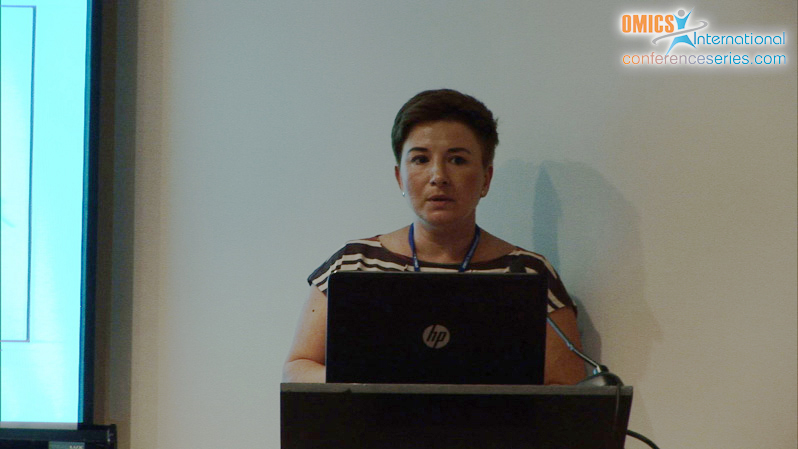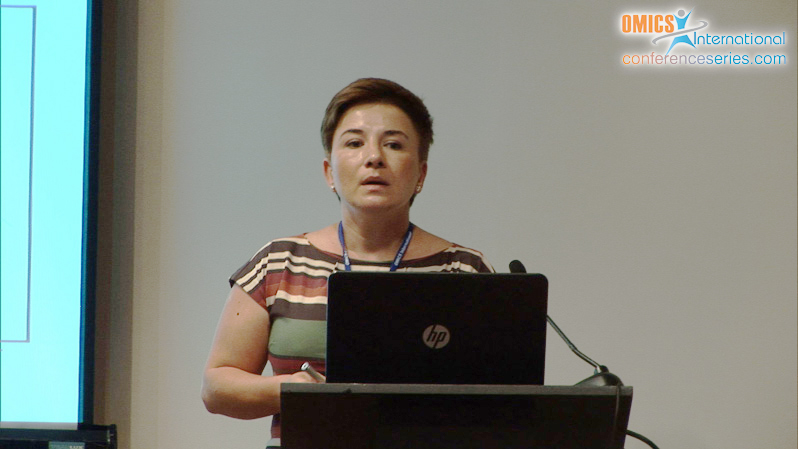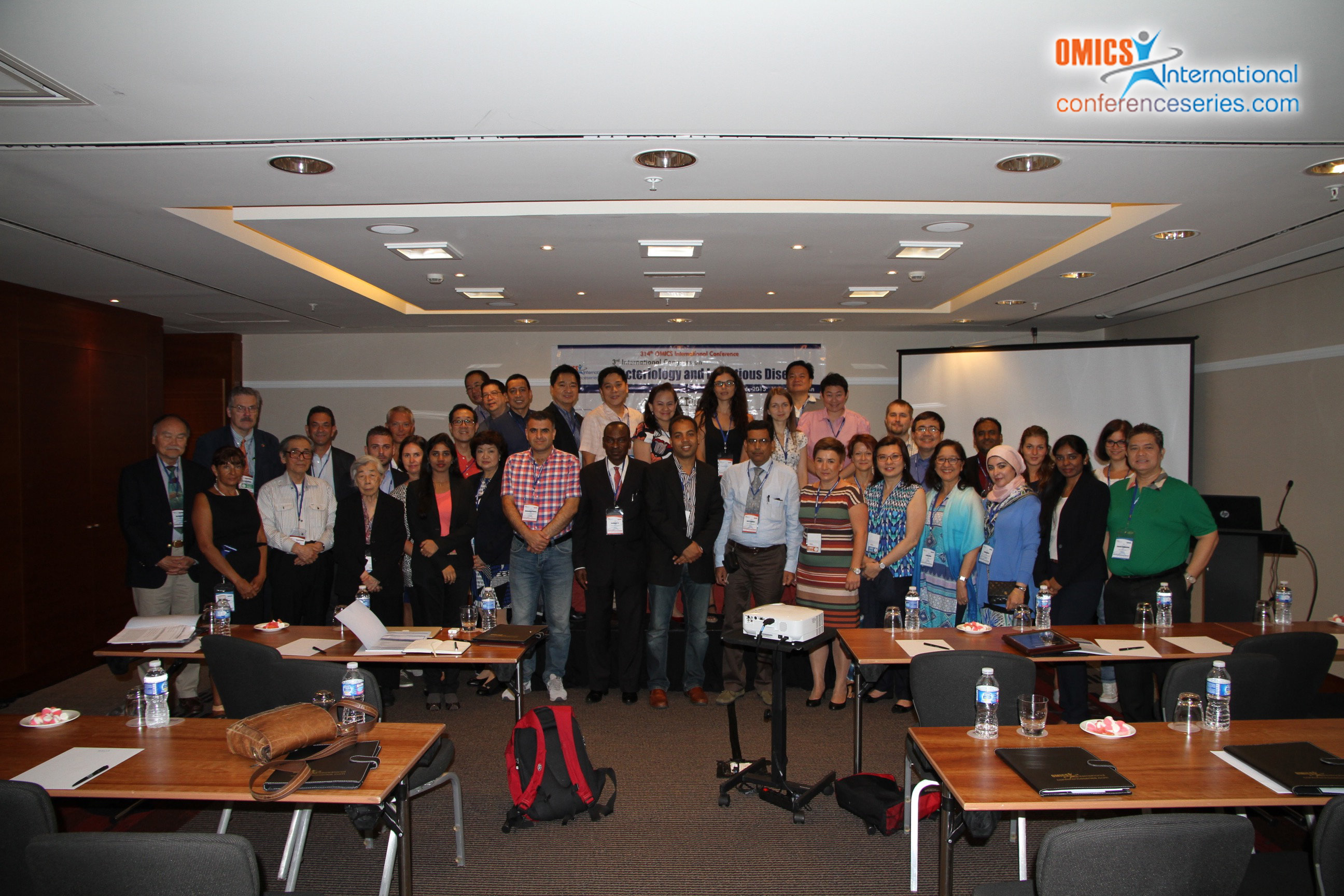
Agnieszka Grabowiecka
Wrocław University of Technology, Poland
Title: Novel urease inhibitors for the control of ureolytic microbial pathogens
Biography
Biography: Agnieszka Grabowiecka
Abstract
Ureolytic activity of bacterial pathogens is a main causative factor of severe clinical conditions concerning the human gastric and urinary tract. The damaging effect to host organism results from alkalization of pathogens environment due to ammonia release from urea molecules. The growing bacterial resistance to antimicrobial agents has stimulated studies on urease inhibition as a way to control colonization with Helicobacter pylori and Proteus mirabilis. Within research of our Bioorganic Chemistry Group a new class of urease inhibitors was proposed using available enzyme crystal structures. Investigated aminophosphonates and aminophosphinates are extended transition state analogs of urease reaction. Their inhibition potency against urease purified from H. pylori and Proteus mirabilis as well as assayed in whole-cell system exceeds clinically approved acetohydroxamate (dissociation constants within micromolar range). Novel inhibitors were verified as agents for maintaining ionic balance and preventing Proteus – induced struvite precipitation in artificial urine. In the presence of the studied compounds maximum urine pH was 7.3 compared to 9.4 in untreated cultures. Precipitate formation was significantly reduced as shown in 31P-NMR analysis. In microscopic examinations only single coffin-like crystals characteristic of early struvite formation were present. In H. pylori reference strains repressed ureolysis reduced ability to survive incubations under strongly acidic conditions. Besides urease inhibition, several structures bearing long aliphatic chains (C5, C6) additionally exhibited moderate bacteriostatic effect. Minimal Inhibitory Concentrations were estimated using broth micro dilution method and metabolic activity assay using tetrazolium salts (MTT). Reduced viability in the presence of urease inhibitors was validated by fluorescence staining using LIVE/DEAD BacLight Kit by Molecular Probes.
Speaker Presentations
Speaker PDFs
Speaker PPTs Click Here





